Home>Gardening & Outdoor>Outdoor Recreation & Activities>How To Lower Cyanuric Acid In A Swimming Pool
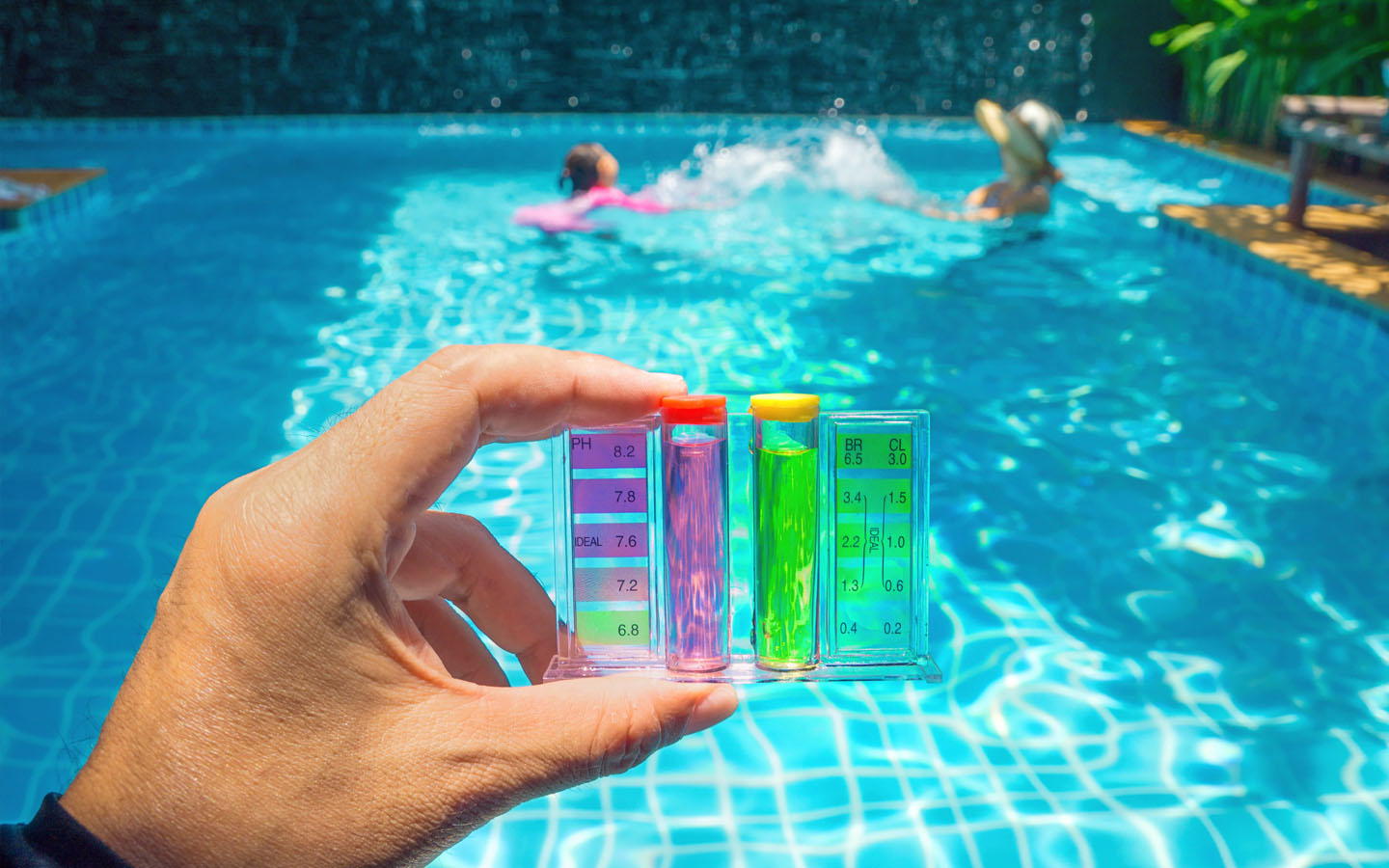

Outdoor Recreation & Activities
How To Lower Cyanuric Acid In A Swimming Pool
Modified: March 2, 2024
Learn effective methods to lower cyanuric acid in your swimming pool and maintain optimal water quality for outdoor recreation and activities. Discover expert tips for managing cyanuric acid levels.
(Many of the links in this article redirect to a specific reviewed product. Your purchase of these products through affiliate links helps to generate commission for Storables.com, at no extra cost. Learn more)
Introduction
Maintaining a clean and balanced swimming pool is essential for ensuring a safe and enjoyable aquatic environment. One crucial aspect of pool maintenance involves monitoring and managing the levels of cyanuric acid. Cyanuric acid, also known as pool stabilizer or conditioner, plays a significant role in preserving the effectiveness of chlorine in outdoor pools. However, excessive cyanuric acid levels can lead to challenges in maintaining water clarity and sanitation. In this article, we will explore the importance of cyanuric acid in a swimming pool, signs of high cyanuric acid levels, and effective methods for lowering cyanuric acid to maintain a healthy and inviting pool environment.
Key Takeaways:
- Cyanuric acid protects pool chlorine from sunlight but too much can make the water cloudy and unsafe. Regular testing and methods like drainage and RO treatment can help maintain safe levels for a clean and inviting pool.
- High cyanuric acid levels can lead to ineffective chlorine, cloudy water, and algae growth. Using reducer products, enhanced filtration, and monitoring can help lower cyanuric acid for a clear and enjoyable swimming experience.
Read more: How To Lower Alkalinity In A Swimming Pool
What is Cyanuric Acid?
Cyanuric acid, also referred to as pool stabilizer or conditioner, is a chemical compound commonly used in outdoor pools to protect chlorine from the degrading effects of ultraviolet (UV) rays. This odorless and colorless substance is available in granular or liquid form and is added to pool water to maintain the stability and effectiveness of chlorine, thereby prolonging its disinfecting properties.
When added to pool water, cyanuric acid forms a weak bond with the chlorine molecules, creating a compound that is less susceptible to degradation when exposed to sunlight. This process helps to sustain the chlorine's ability to sanitize the pool water, especially in outdoor pools that are constantly exposed to sunlight.
Cyanuric acid is particularly beneficial in warmer climates where pools are more prone to excessive sunlight exposure. By stabilizing the chlorine, cyanuric acid aids in maintaining a consistent level of free available chlorine (FAC) in the pool water, which is crucial for effectively combating harmful bacteria and contaminants.
It's important to note that while cyanuric acid is advantageous for preserving chlorine, excessive levels can lead to complications. When cyanuric acid accumulates beyond the recommended range, it can impede the chlorine's sanitizing capabilities, resulting in water that is cloudy, unhygienic, and potentially unsafe for swimmers.
Understanding the role of cyanuric acid in pool maintenance is essential for achieving a balanced and healthy aquatic environment. By managing cyanuric acid levels within the recommended range, pool owners can ensure that their pool water remains clear, sanitized, and inviting for all to enjoy.
The Importance of Cyanuric Acid in a Swimming Pool
Cyanuric acid plays a pivotal role in maintaining the effectiveness of chlorine in outdoor swimming pools. When chlorine is exposed to UV rays from sunlight, it undergoes degradation, reducing its ability to sanitize the pool water effectively. This is where cyanuric acid steps in as a crucial ally in pool maintenance.
In outdoor pools, where exposure to sunlight is inevitable, cyanuric acid acts as a shield for chlorine. By forming a weak bond with chlorine molecules, it creates a compound that is less susceptible to degradation when exposed to sunlight. This process effectively extends the lifespan of chlorine in the pool water, ensuring that it remains potent in combating harmful bacteria, algae, and other contaminants.
The presence of cyanuric acid is particularly beneficial in warmer climates, where pools are more prone to excessive sunlight exposure. Without cyanuric acid, the chlorine in the pool water would rapidly lose its effectiveness, necessitating frequent and substantial additions of chlorine to maintain proper sanitation levels. This not only increases the cost of pool maintenance but also poses challenges in sustaining a consistently hygienic swimming environment.
By stabilizing the chlorine, cyanuric acid helps to maintain a consistent level of free available chlorine (FAC) in the pool water. This is crucial for ensuring that the water remains safe and inviting for swimmers. Without the protective effects of cyanuric acid, the chlorine would rapidly dissipate, leaving the pool vulnerable to harmful microorganisms and diminishing its overall water quality.
In essence, cyanuric acid serves as a guardian for chlorine, prolonging its effectiveness and reducing the frequency of chlorine additions. This not only streamlines pool maintenance but also contributes to a more sustainable and cost-effective approach to keeping the pool water clean and safe for swimmers.
Understanding the significance of cyanuric acid in pool maintenance is essential for pool owners and operators. By maintaining appropriate cyanuric acid levels, they can ensure that their pool water remains clear, sanitized, and conducive to a delightful swimming experience for all.
Signs of High Cyanuric Acid Levels
High cyanuric acid levels in a swimming pool can lead to various noticeable signs that indicate an imbalance in the pool water chemistry. It is crucial for pool owners and operators to be vigilant and recognize these signs, as they can serve as early indicators of potential issues arising from elevated cyanuric acid levels.
-
Chlorine Ineffectiveness: One of the primary signs of high cyanuric acid levels is the reduced effectiveness of chlorine in sanitizing the pool water. When cyanuric acid accumulates beyond the recommended range, it can hinder the ability of chlorine to combat bacteria, algae, and other contaminants. As a result, the pool water may become cloudy, and swimmers may experience skin and eye irritation due to inadequate sanitation.
-
Cloudy Water: Elevated cyanuric acid levels can contribute to the cloudiness of pool water. This occurs as a result of the diminished ability of chlorine to effectively clarify the water. The presence of excessive cyanuric acid can lead to a visible haze in the pool, indicating a need for corrective measures to restore water clarity.
-
Chlorine Odor: High levels of cyanuric acid can cause the pool water to emit a distinct chlorine odor. This odor, often described as "chlorine-like" or "chlorine-heavy," can be indicative of an imbalance in the cyanuric acid-chlorine relationship. It is a signal for pool owners to assess and address the cyanuric acid levels to prevent further complications.
-
Algae Growth: Another sign of elevated cyanuric acid levels is the increased susceptibility to algae growth in the pool. When the stabilizing effect of cyanuric acid becomes excessive, it can create an environment conducive to algae proliferation. This can manifest as visible green, brown, or black algae formations on pool surfaces, indicating the need for prompt attention to cyanuric acid levels.
-
Difficulty Maintaining Chlorine Levels: Pool operators may find it challenging to maintain consistent chlorine levels in the presence of high cyanuric acid. Despite regular chlorine additions, the pool water may exhibit fluctuations in free available chlorine (FAC) levels, indicating an imbalance that necessitates addressing the cyanuric acid concentration.
Recognizing these signs of high cyanuric acid levels is essential for proactively managing pool water chemistry. By promptly addressing elevated cyanuric acid levels, pool owners can restore water clarity, enhance sanitation, and ensure a safe and enjoyable swimming experience for all.
How to Lower Cyanuric Acid Levels
Lowering cyanuric acid levels in a swimming pool is a crucial aspect of pool maintenance, especially when elevated levels pose challenges to water clarity and sanitation. Pool owners and operators can employ several effective methods to reduce cyanuric acid concentrations and restore the balance of pool water chemistry. Here are some practical approaches to lowering cyanuric acid levels:
1. Dilution through Partial Drainage and Refilling
One of the most common methods for reducing cyanuric acid levels is through partial drainage and refilling of the pool water. By draining a portion of the pool water and replacing it with fresh water, the overall concentration of cyanuric acid is diluted. This process effectively lowers the cyanuric acid levels, restoring the balance of pool water chemistry. It is important to calculate the appropriate volume of water to be replaced to achieve the desired reduction in cyanuric acid concentration.
2. Reverse Osmosis Treatment
Utilizing reverse osmosis (RO) treatment systems can be an efficient way to lower cyanuric acid levels in pool water. RO systems employ advanced filtration technology to remove impurities, including cyanuric acid, from the pool water. This method offers a comprehensive approach to reducing cyanuric acid concentrations while simultaneously improving overall water quality. Pool owners can consider engaging professional pool service providers equipped with RO treatment capabilities to effectively lower cyanuric acid levels.
3. Use of Cyanuric Acid Reducer Products
Specialized cyanuric acid reducer products are available in the market and can be utilized to lower cyanuric acid levels in swimming pools. These products are designed to chemically reduce the concentration of cyanuric acid in the pool water, restoring it to the recommended range. It is essential to follow the manufacturer's instructions and dosage recommendations when using these products to ensure safe and effective reduction of cyanuric acid levels.
4. Enhanced Filtration and Oxidation
Implementing enhanced filtration processes, such as using high-efficiency pool filters, can aid in gradually reducing cyanuric acid levels over time. Additionally, incorporating oxidation treatments, such as non-chlorine shock treatments, can help break down cyanuric acid compounds, facilitating their removal from the pool water. These methods, when combined with regular filtration and maintenance practices, contribute to the gradual reduction of cyanuric acid levels.
Read more: How Do You Acid Wash A Swimming Pool
5. Monitoring and Adjusting Cyanuric Acid Levels
Regular monitoring of cyanuric acid levels is essential for proactive management of pool water chemistry. By consistently testing and tracking cyanuric acid concentrations, pool operators can promptly identify any deviations from the recommended range and take appropriate measures to lower or stabilize cyanuric acid levels. This proactive approach enables timely intervention to prevent the accumulation of excessive cyanuric acid in the pool water.
By employing these methods and maintaining diligent oversight of cyanuric acid levels, pool owners and operators can effectively lower cyanuric acid concentrations, ensuring that the pool water remains clear, sanitized, and conducive to a delightful swimming experience for all.
Conclusion
In conclusion, maintaining optimal cyanuric acid levels in a swimming pool is essential for preserving water clarity, sanitation, and the overall swimming experience. The significance of cyanuric acid as a stabilizer for chlorine cannot be overstated, as it plays a pivotal role in safeguarding the effectiveness of chlorine in outdoor pools, particularly in regions with high sun exposure. However, it is equally crucial to recognize the potential complications that arise from elevated cyanuric acid levels, such as reduced chlorine effectiveness, cloudy water, chlorine odor, algae growth, and challenges in maintaining consistent chlorine levels.
To address high cyanuric acid levels, pool owners and operators can employ various effective methods, including partial drainage and refilling, reverse osmosis treatment, the use of cyanuric acid reducer products, enhanced filtration and oxidation, and diligent monitoring and adjustment of cyanuric acid levels. These approaches offer practical and proactive solutions for lowering cyanuric acid concentrations and restoring the balance of pool water chemistry.
By understanding the role of cyanuric acid, recognizing signs of high cyanuric acid levels, and implementing appropriate measures to lower cyanuric acid concentrations, pool owners can ensure that their pool water remains clear, sanitized, and inviting for swimmers. Proactive management of cyanuric acid levels contributes to a safe and enjoyable swimming environment, enhancing the overall satisfaction of pool users.
In essence, maintaining balanced cyanuric acid levels is a fundamental aspect of responsible pool ownership and operation. By prioritizing the management of cyanuric acid, pool owners can uphold the integrity of their pool water, promote a healthy swimming environment, and prolong the effectiveness of chlorine, ultimately contributing to a delightful and refreshing aquatic experience for all.
Frequently Asked Questions about How To Lower Cyanuric Acid In A Swimming Pool
Was this page helpful?
At Storables.com, we guarantee accurate and reliable information. Our content, validated by Expert Board Contributors, is crafted following stringent Editorial Policies. We're committed to providing you with well-researched, expert-backed insights for all your informational needs.
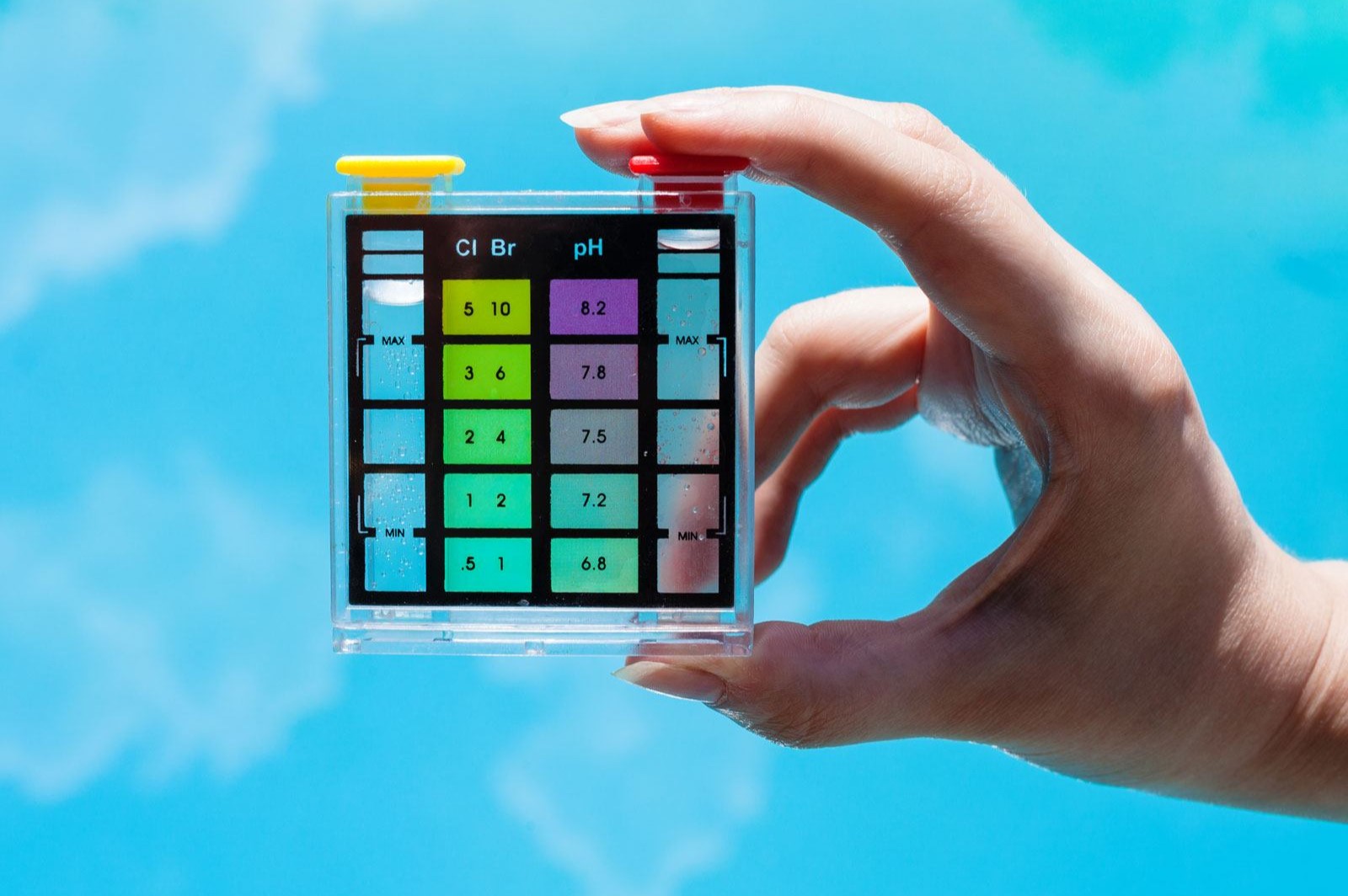
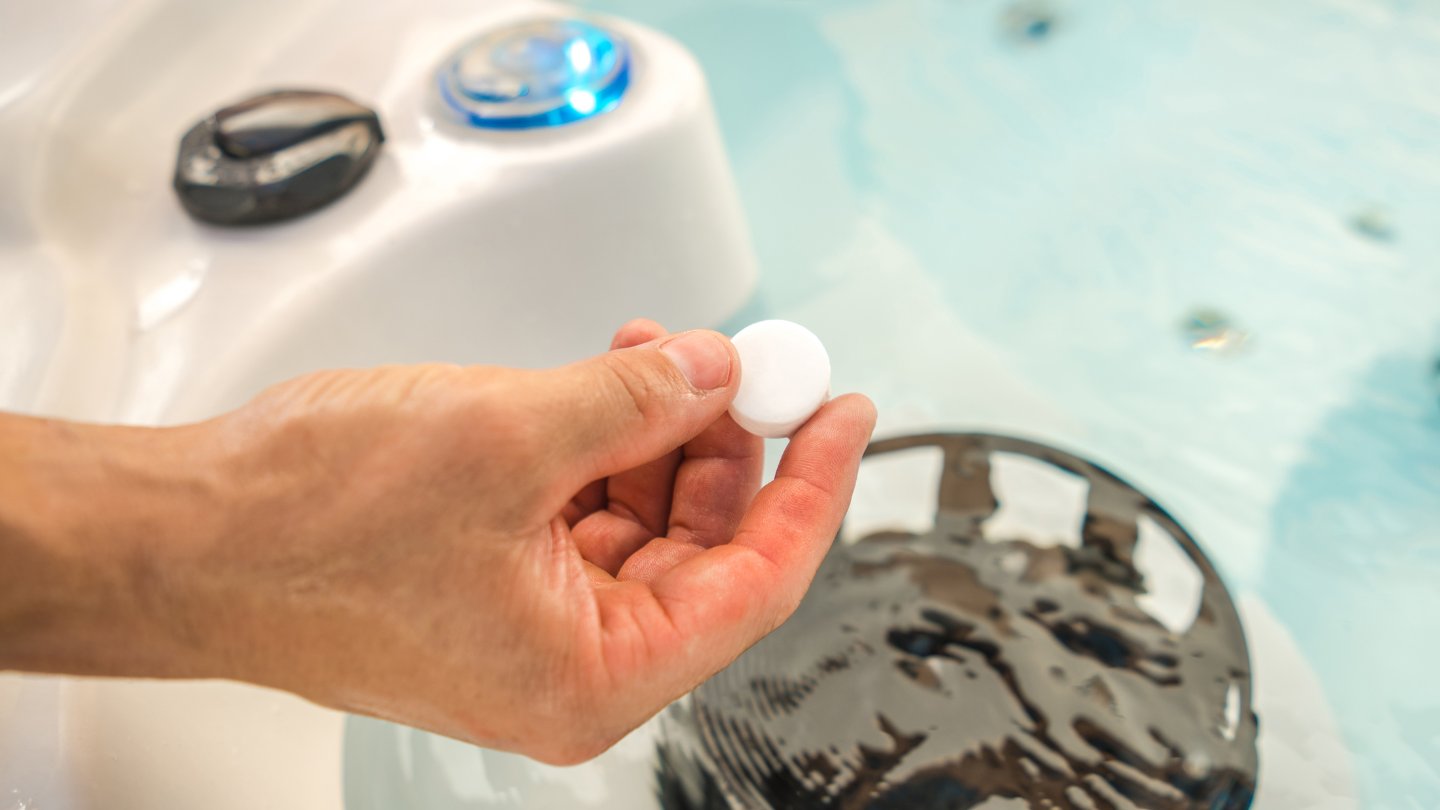
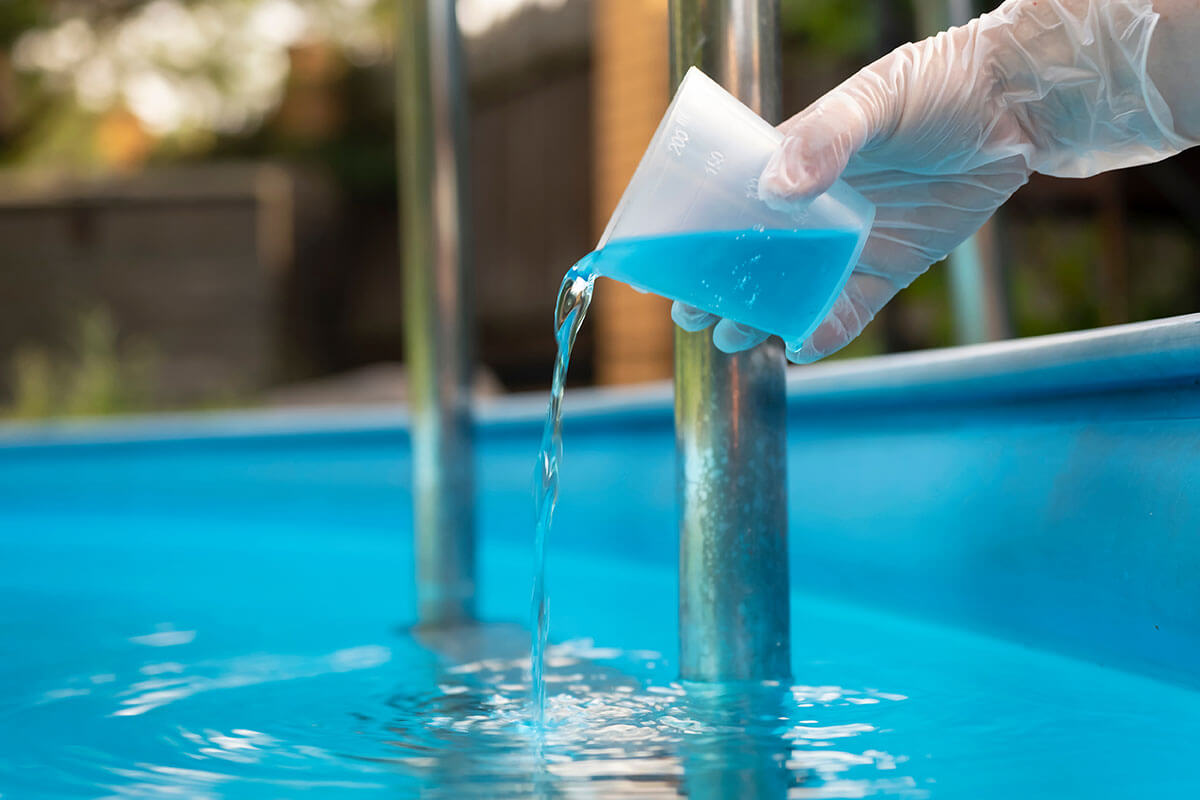
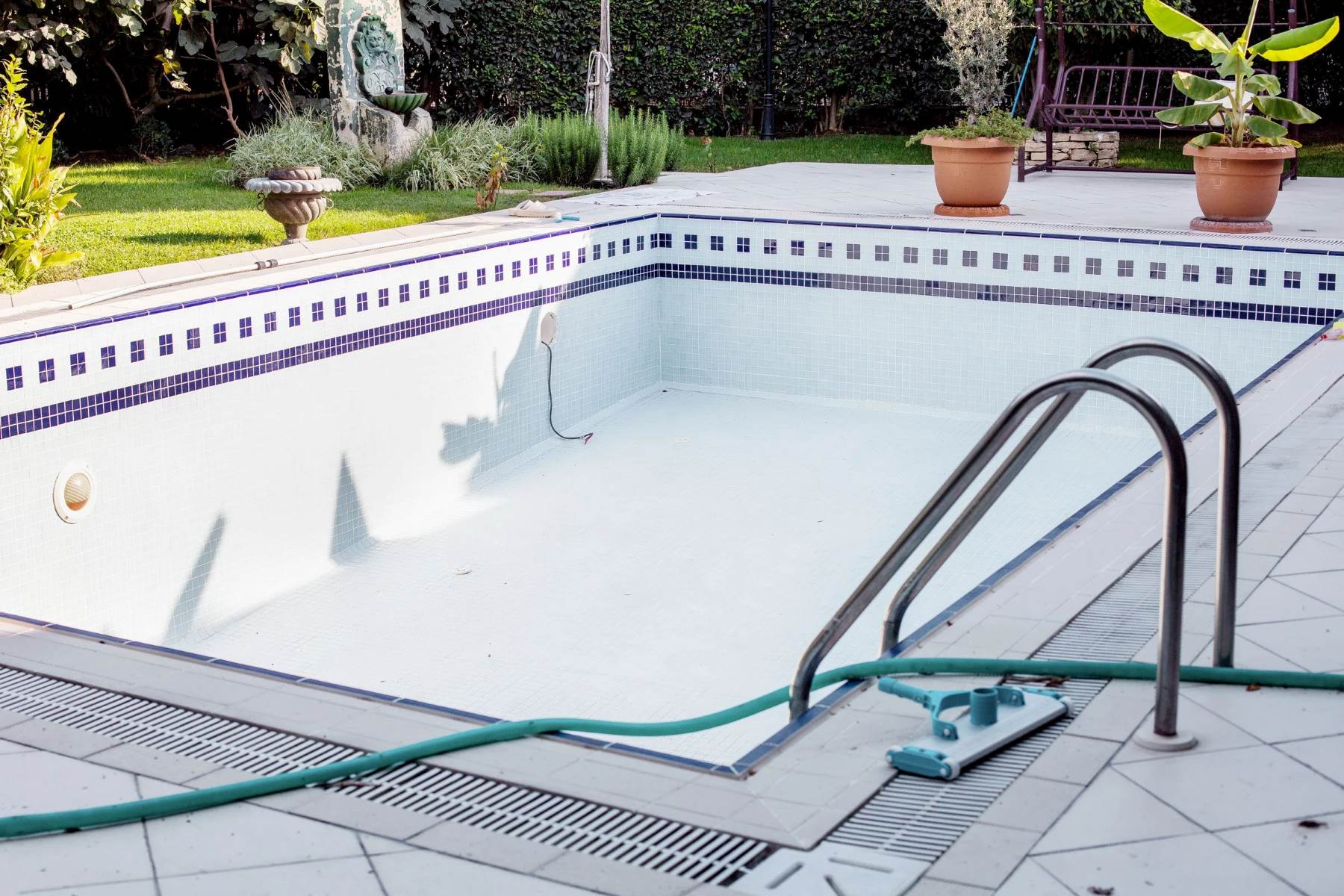
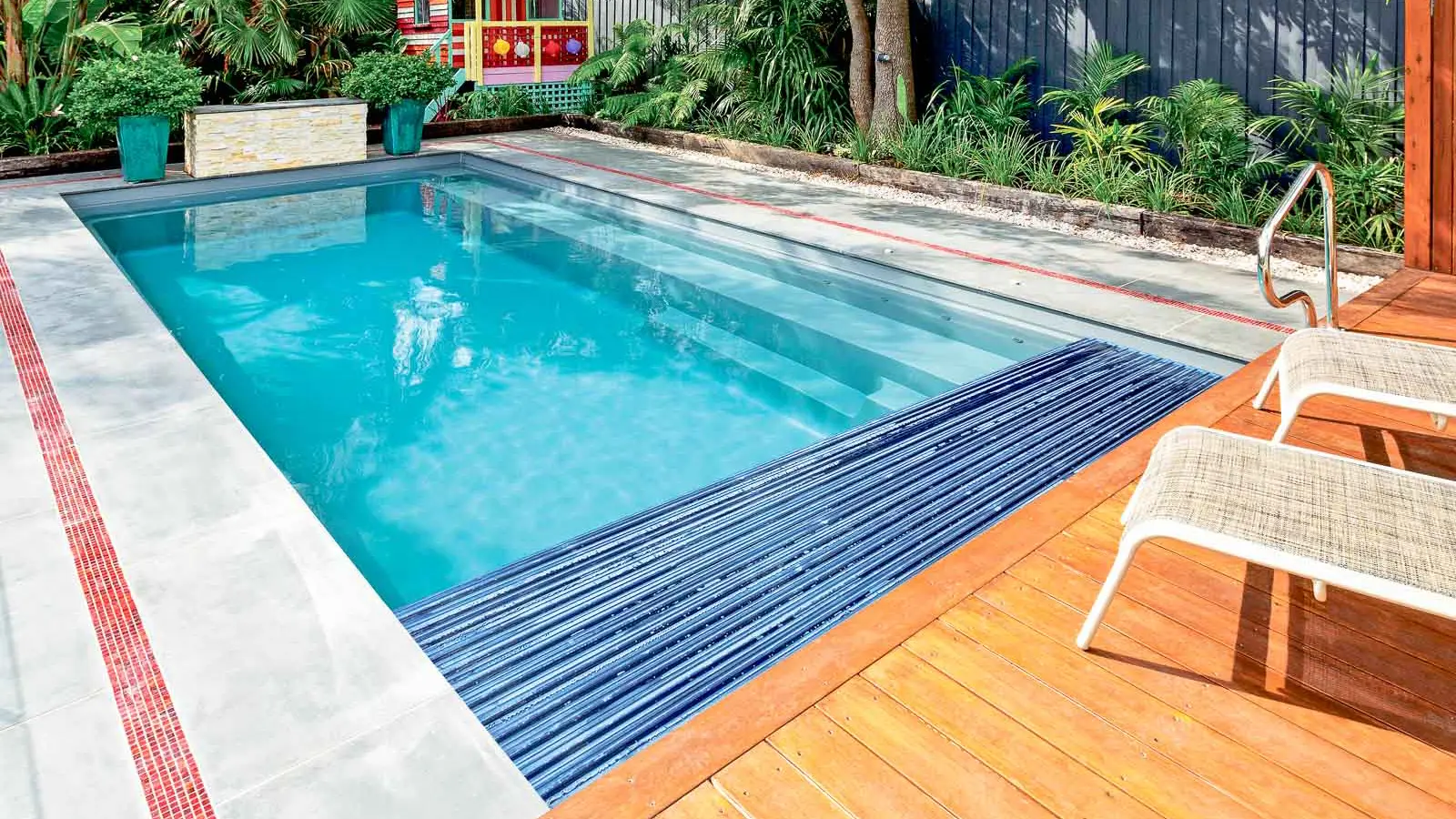
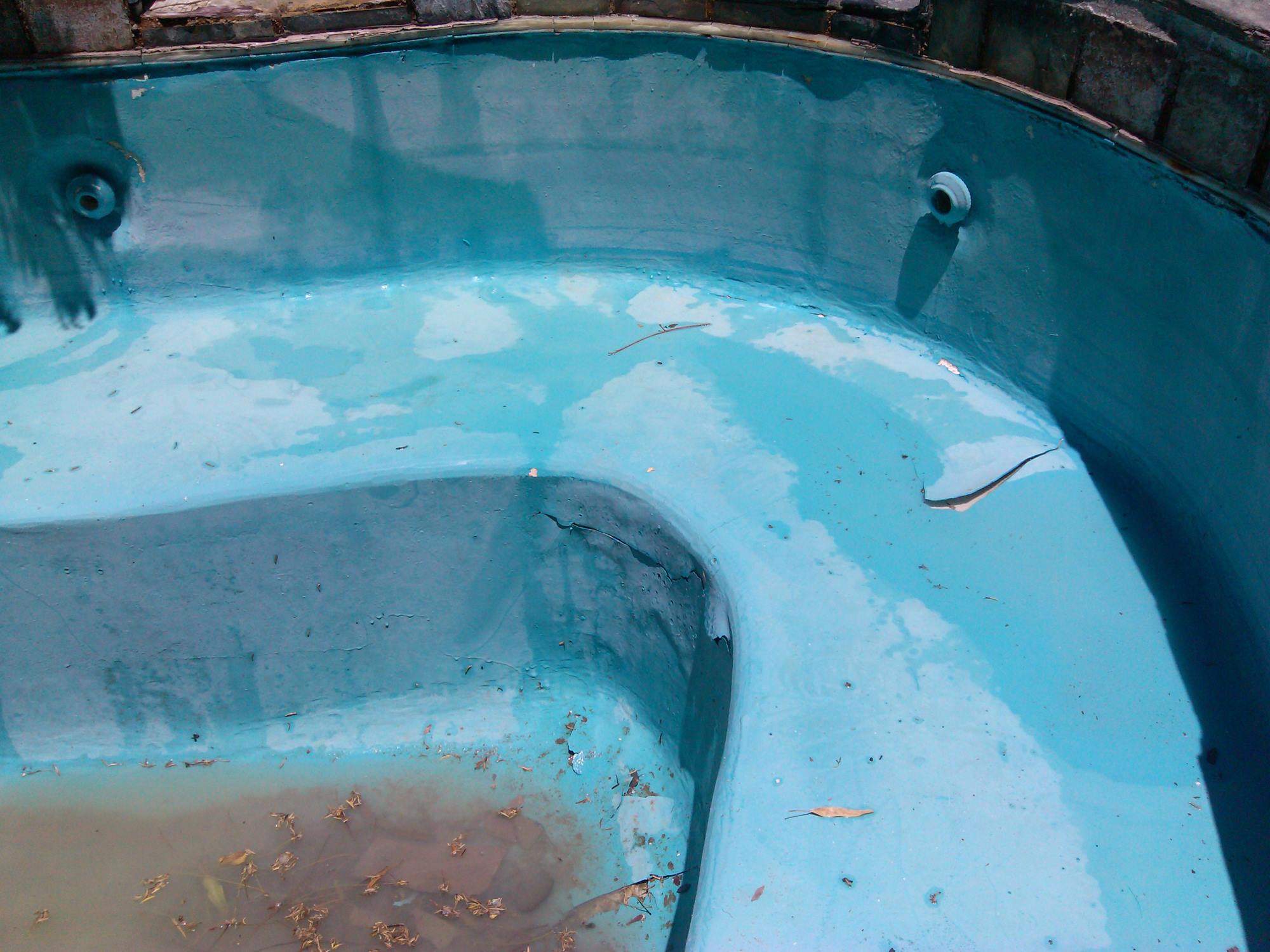


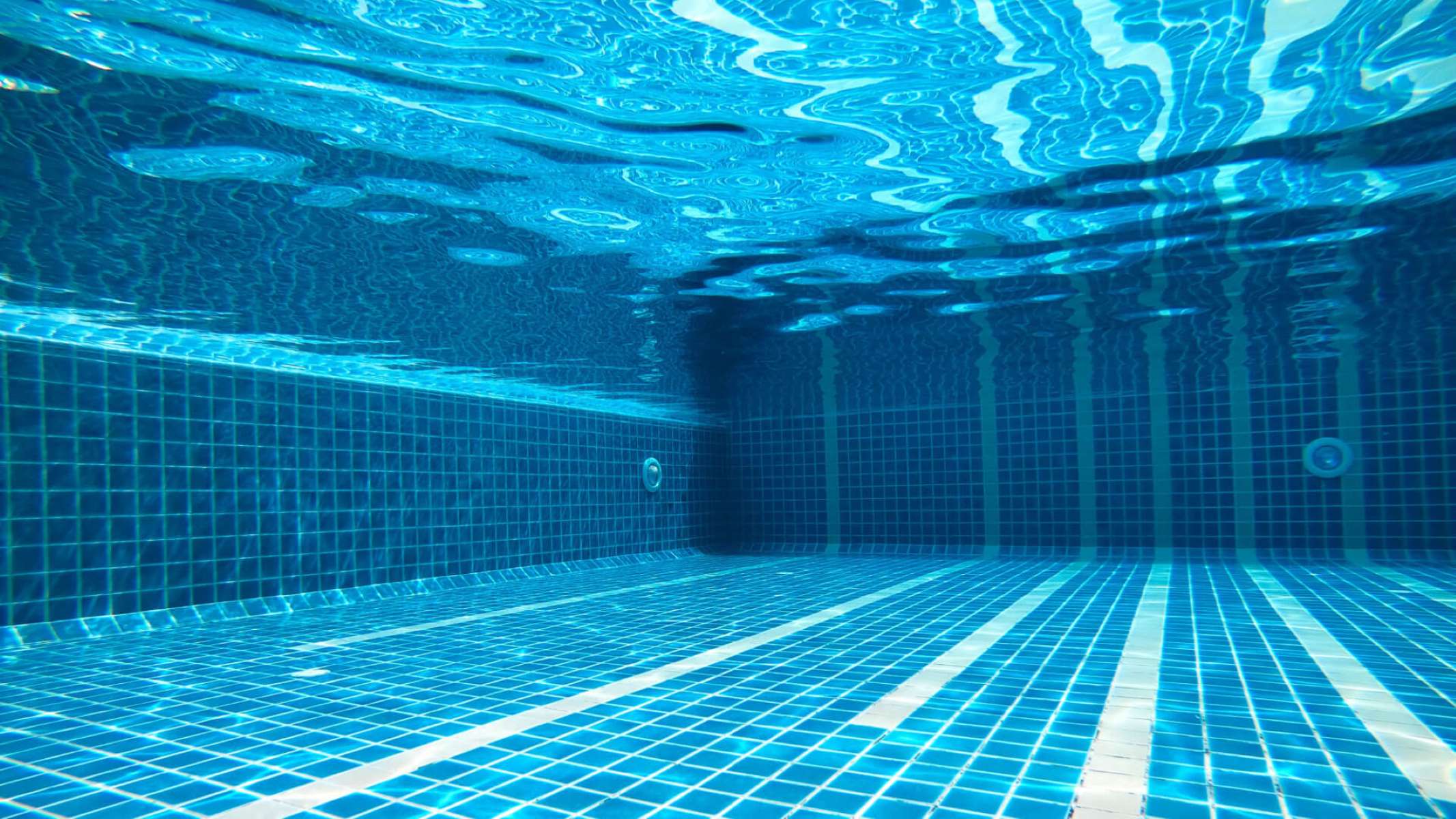
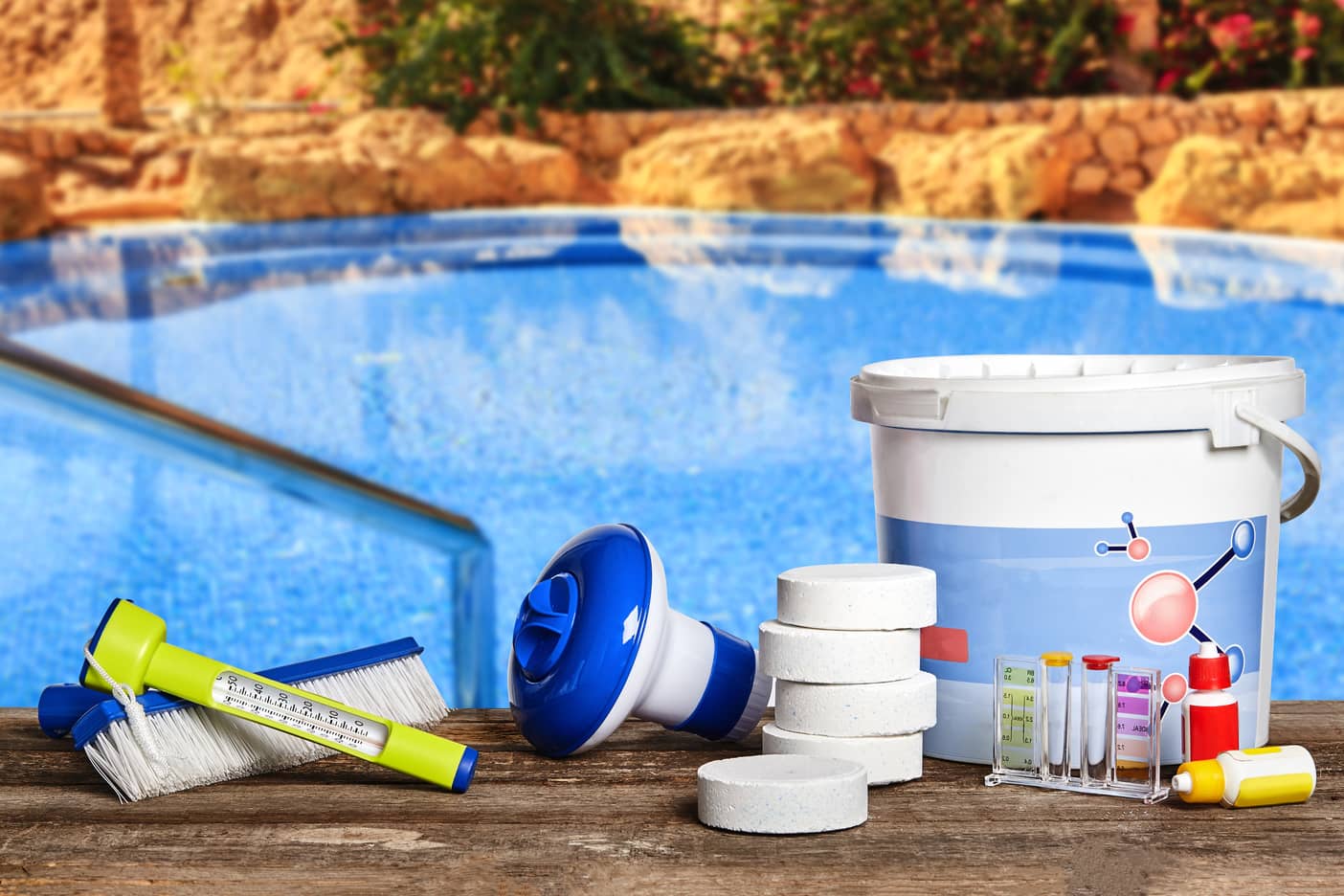
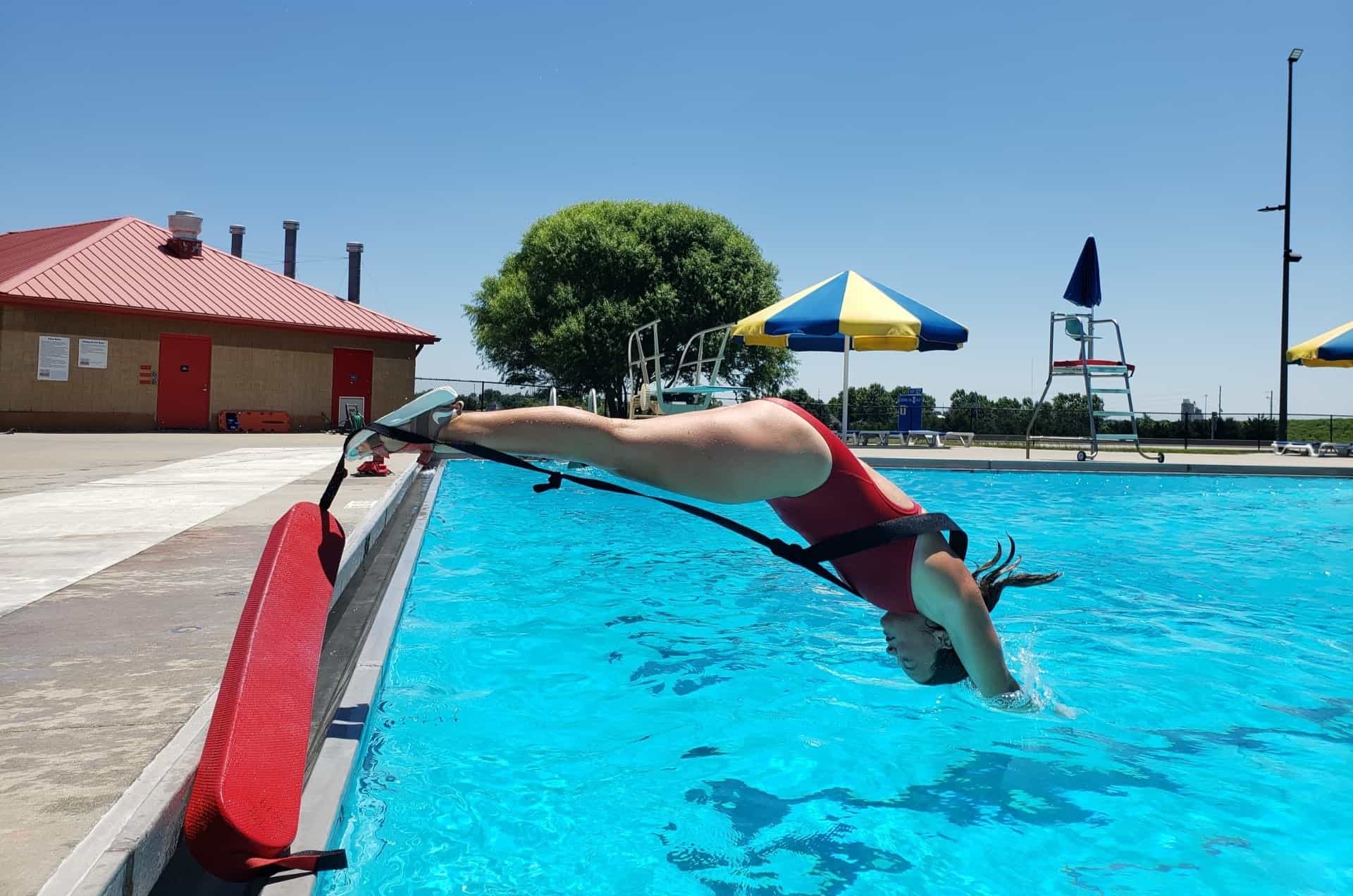
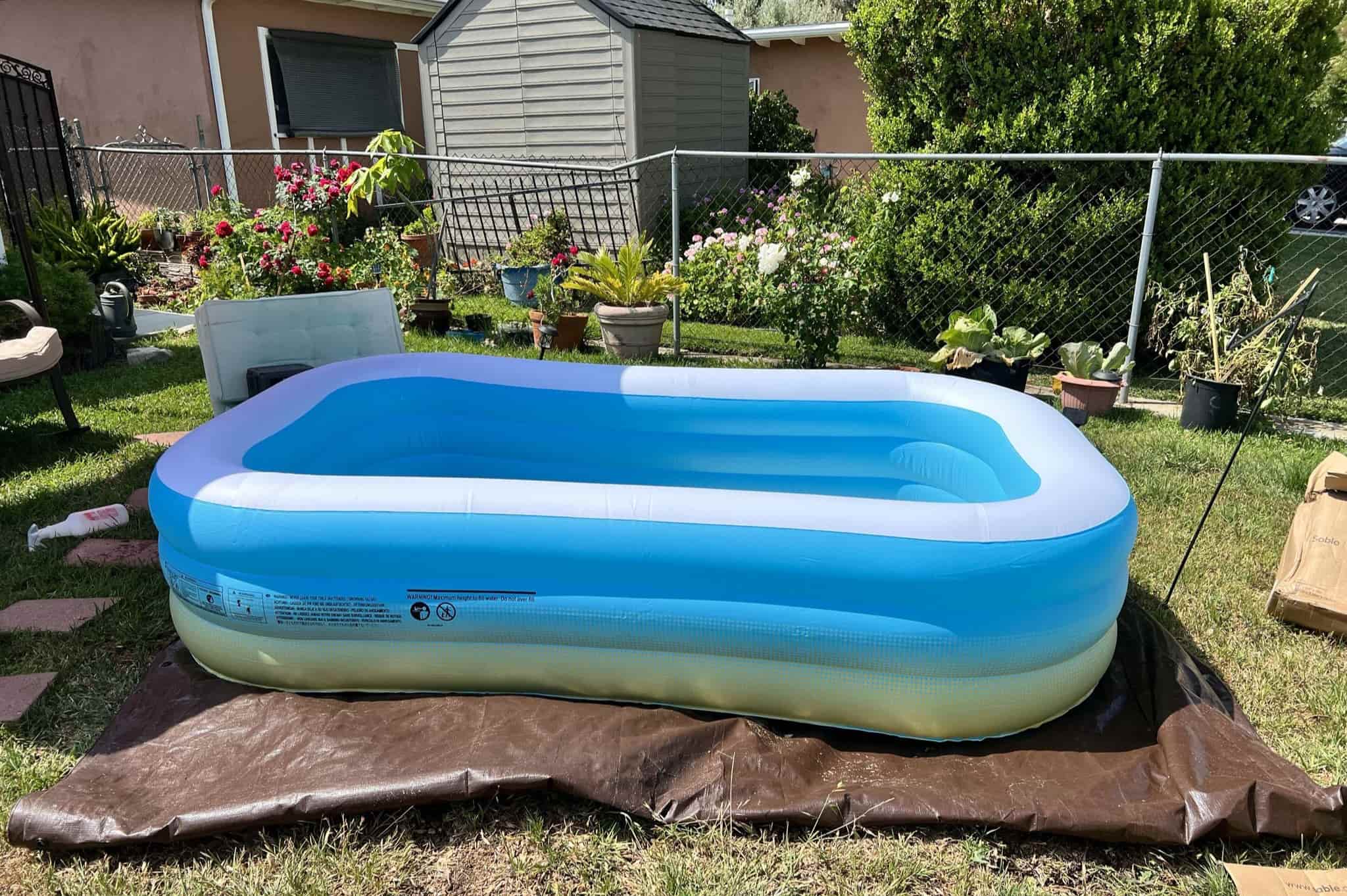


0 thoughts on “How To Lower Cyanuric Acid In A Swimming Pool”